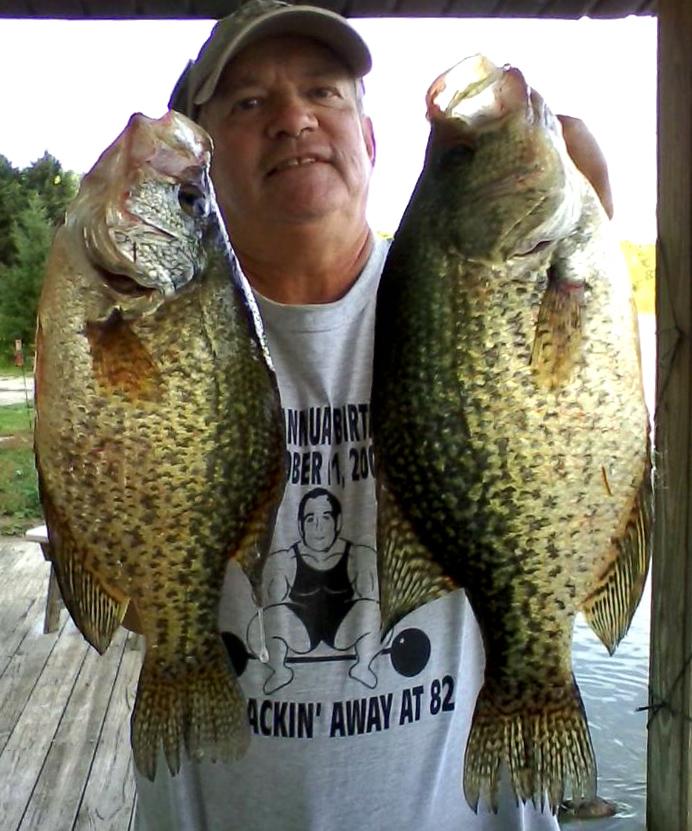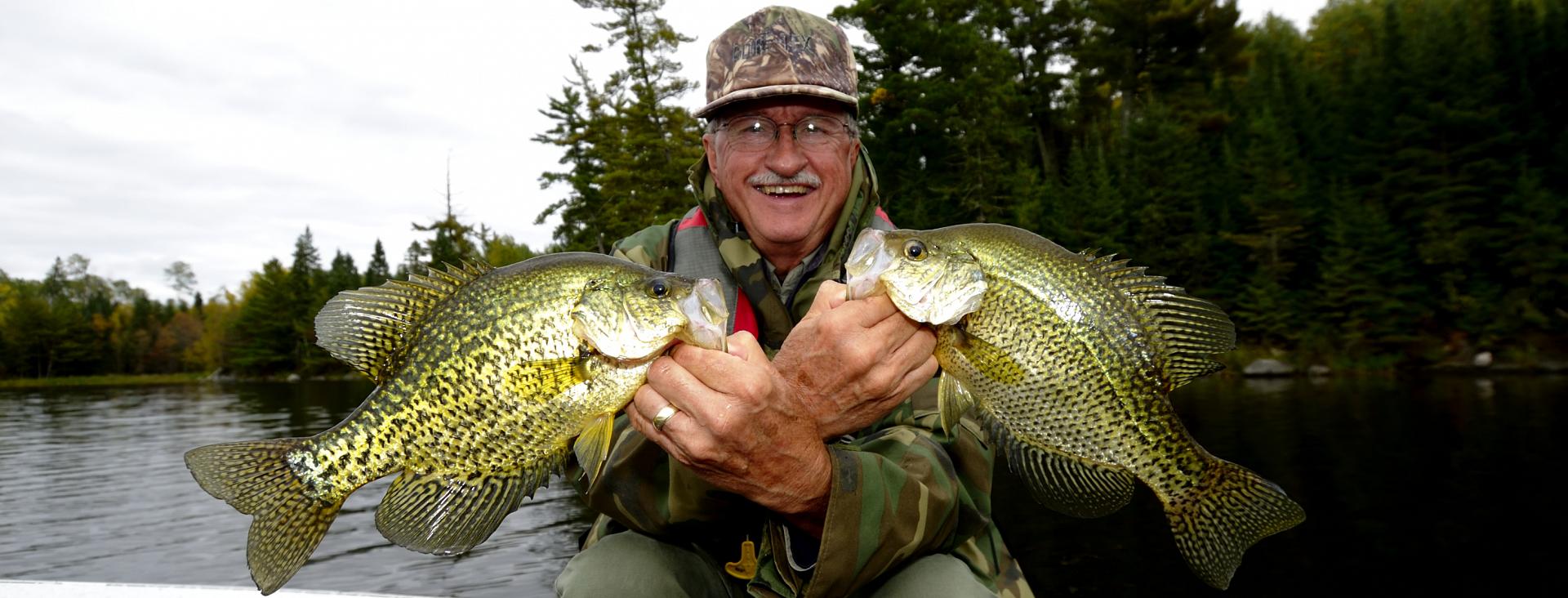How to give your jig incredible action
This incredibly simple trick makes jigs wobble and kick like a crankbait
Advertisement
So many of the best anglers I know are tackle tinkerers and lure doctors. One of the brightest is buddy, John McKean, who sent me an email the other day from, of all places, a pier on the Outer Banks of North Carolina. He’d been catching speckled trout (the saltwater variety), drum,and flounder hand over fist, whilst everyone else around him was struggling to get a bite.
John’s secret is using a soft-plastic “cylinder” to give his jigs movement and action. It’s a technique that he designed to put more crappies, bluegills and yellow perch in the boat back home in freshwater.
Advertisement
“I cut a small cylinder from the centre of a fat, scented, soft plastic worm,” says McKean, whose custom, hand-tied Sure Fire Jigs are a staple amongst panfish anglers. “And it adds considerable action to my jigs. If the jig is tied sparsely and the cylinder is hooked through the bottom, it acquires the same side-to-side tail-kicking action as a Flatfish or Rapala—and the panfish just love it.”

When he has been fishing from the piers in South Carolina for much bigger trout, McKean says he has been using a larger piece of plastic that looks like a “soup can” rather than the “cat can” he slides on his panfish jigs.
“I’ve been attaching a short eel-type plastic body to the hook shank, with the soup can stacked above it,” says McKean. “It swims like a real eel, even when it is falling. The fish absolutely love it on a slow steady retrieve, with pauses to let it to descend back down to the bottom. The old salts down there, with their heavy shark tackle and huge lures, were getting a bit upset over our results. Heck, I may never fish with anything else.”
Advertisement
I have to confess, however, that when I first saw one of John’s cylinder stacked jigs, I wondered out loud about its hooking efficacy. It looked to me like the soft plastic would interfere with the hook point and barb.
Advertisement
“It is interesting you mention that,” McKean said. “I hear it from others, as well, who see my strange rigging technique. But I developed it specifically to sting quick-striking bluegills more efficiently.
“When a big bluegill comes up behind a steadily swimming, or slowly descending jig, it sucks in just the little soft plastic cylinder. So, the point is positioned perfectly to penetrate.
“Originally I used a thin cylinder that just encircled the hook bend and I noticed that every fish I caught had pushed the little can up the shank and was nailed to the hook. When I started using a slightly heavier jighead (up to 1/20-ounce) and slightly more tying material, I raised the ‘can’ over the hook point to get more leverage for a better wobble, and I got equally easy hook-ups.
“When I started using the eel body for saltwater fish and heavier jigheads (1/12 to 5/16 oz) for freshwater species, I needed more height on my cylinders to create water resistance and the vital action. The discs were so high that I had to “pin” them on the hook point. But it sure didn’t cost me any sea trout on the recent trip. The sharp point was still slightly exposed and it stuck in their jaws.
“I should mention, too, that I rarely use a standard hook set. I keep my rod pointing at the lure when I am swimming it, and reel slightly harder when I encounter fish resistance. I assume the resistance is the tiny length of hook point beginning its initial penetration, then the hard reeling pulls it in deeper.”
So there you have it folks: a much better mousetrap, according to one of the best tackle tinkerers I have ever known.


